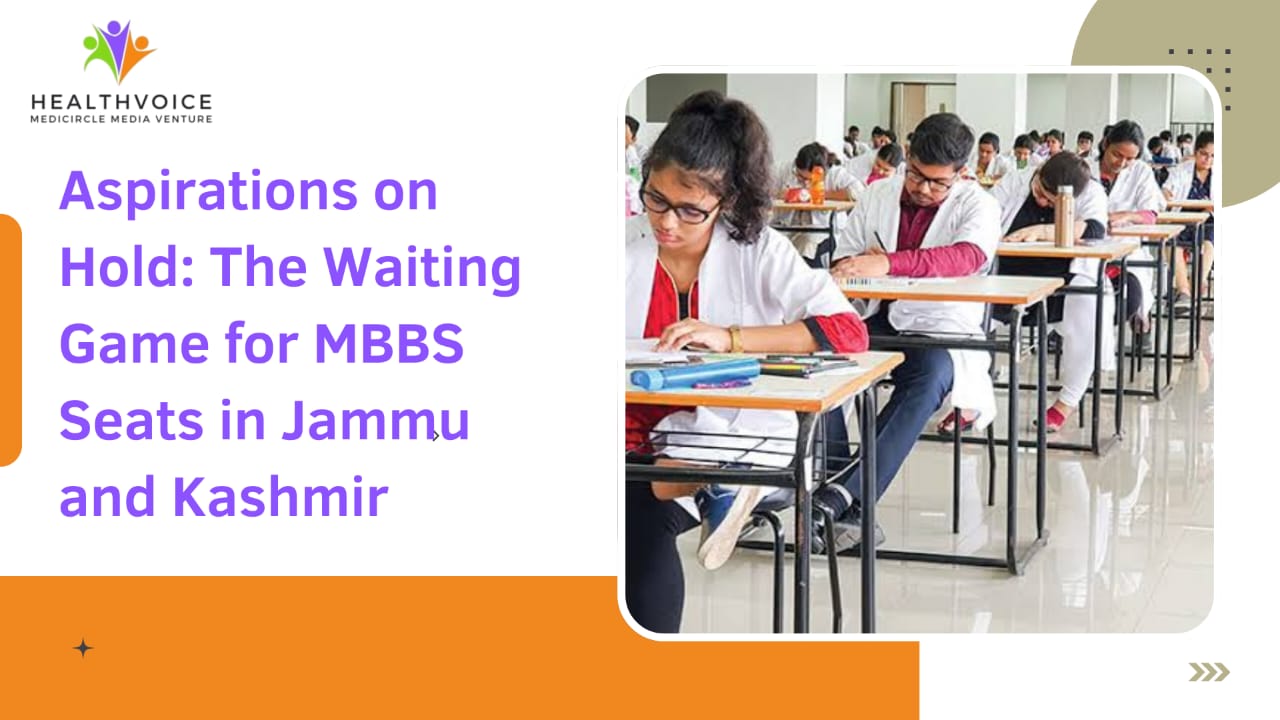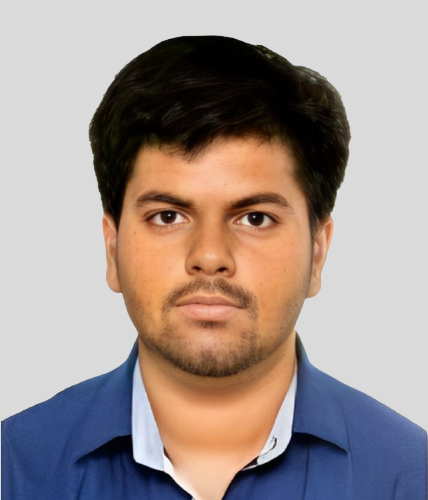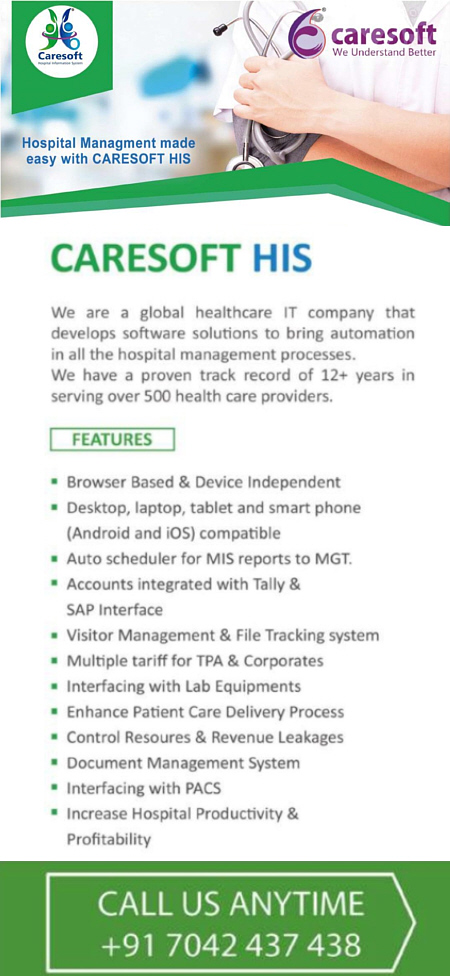Aspirations on Hold: The Waiting Game for MBBS Seats in Jammu and Kashmir
If approvals come through, the second round of counseling could transform the futures of hundreds of young students and, indirectly, the future of healthcare delivery in J&K.

Medical education in India often feels like a race against time, opportunity, and scarcity. The demand is overwhelming, the competition relentless, and the dreams of thousands of students rest on a finite number of seats. The latest developments from Jammu and Kashmir have once again put this reality into perspective. The National Medical Commission (NMC), the country’s apex medical regulator, may soon approve 400 additional MBBS seats in the Union Territory for the upcoming academic session. The promise of expansion has sparked a wave of hope among aspirants who narrowly missed a seat in the first round of counseling, yet the lack of official confirmation leaves them and their families in an uneasy state of suspension.
The news arrives against the backdrop of a broader national announcement by NMC Chairperson Dr. Abhijat Sheth, who stated that around 8,000 new undergraduate and postgraduate medical seats could be added across India this year. This expansion, he explained, depends on inspections being carried out at various government and private medical colleges that had applied for capacity enhancement. For Jammu and Kashmir, a region where access to healthcare is as much a developmental issue as it is an academic one, the addition of even a few hundred MBBS seats could change the trajectory of healthcare delivery for decades to come. Yet, the uncertainty around whether these seats will materialize, and when, is fueling both excitement and anxiety.
Currently, the state’s Government Medical Colleges (GMCs) together offer 1,007 MBBS seats, while the private ASCOMS Jammu adds 100 seats, and the relatively new AIIMS Vijaypur contributes 62 more. While these numbers may seem adequate for a population of about 1.3 crore, they pale in comparison to the overwhelming demand. Each year, thousands of bright students from Jammu and Kashmir score commendably in the NEET-UG examination but find themselves edged out of the system due to limited intake capacity. For them, every new seat announced is a lifeline, a doorway to a career in medicine that feels constantly just out of reach.
The Medical Counselling Committee (MCC) has already hinted that the increase is under process and may reflect in the second round of counseling. But ground realities tell a more complicated story. According to officials, the inspections conducted in August across multiple GMCs in J&K produced mixed results. Some colleges were praised for their preparedness and infrastructure, while others struggled with incomplete documentation and gaps in faculty strength. While principals from several institutions remain optimistic, confident that NMC’s teams gave them a “positive response,” insiders caution that the final approval may not cover all colleges or all the seats originally hoped for.
This tug-of-war between expectations and bureaucratic hurdles is not new. In fact, faculty shortages have been the Achilles heel of medical colleges across India. Even well-established institutions often fail to meet the stringent faculty-student ratios demanded by regulators. For new or expanding colleges in regions like J&K, this shortfall becomes even more pronounced. One principal candidly admitted that while infrastructure and clinical facilities were up to standard, faculty recruitment lagged behind. Yet, he expressed hope that NMC would take a “realistic view,” acknowledging that the shortage of medical teachers is a nationwide issue rather than a localized failure.
For the students, however, the technicalities matter little. Their focus is on securing a seat that will allow them to pursue their dream of becoming doctors without leaving their home state or spending exorbitantly in private colleges elsewhere. Many of them have pinned their hopes on the possibility of 400 new seats. Every counseling round is a fresh chance, but also a fresh wave of uncertainty. As one aspirant remarked, “We have worked for years, sacrificing everything for this exam. Now the decision rests in someone else’s hands, and we can only wait.”
The waiting game is particularly painful for those who performed well in NEET-UG yet missed a seat by a thin margin in round one. They now watch the calendar anxiously, hoping that the second round of counseling will bring relief. Families, too, are caught in this emotional whirlpool. For middle-class households, sending children to expensive private colleges outside the state is financially crippling. For others, the delay in decisions forces them to hold off on backup plans, such as exploring allied health courses or preparing for another attempt next year.
Beyond individual aspirations, the issue has wider implications. An increase in MBBS seats is not just about fulfilling student dreams, it is about strengthening the healthcare workforce in a region historically underserved. Jammu and Kashmir, with its unique geographic and political challenges, needs more doctors, especially in rural and mountainous areas where medical facilities remain a challenge. Every batch of additional MBBS students eventually translates into more physicians who can serve in district hospitals, community health centers, and remote primary healthcare posts. The seat expansion, therefore, is as much about public health as it is about education.
Yet, there are concerns too. Critics point out that expanding seats without addressing systemic issues could backfire. If faculty shortages persist, if clinical exposure remains inadequate due to patient-load disparities, or if infrastructure cannot keep pace, then the quality of medical education may suffer. Producing doctors in large numbers without ensuring robust training risks undermining patient safety and eroding trust in the system. In this sense, the NMC’s cautious approach, though frustrating for students, may reflect an attempt to balance quantity with quality.
Still, the urgency cannot be ignored. India has long struggled with a imbalanced doctor-to-population ratio, and regions like J&K feel this imbalance acutely. Expanding medical education is a crucial step toward correcting this deficit, but it must be accompanied by systemic reforms. This includes addressing faculty shortages, investing in teaching hospitals, expanding postgraduate seats, and incentivizing doctors to serve in underserved areas.
For now, however, the immediate focus remains on the fate of the 400 proposed MBBS seats. Will they be approved in time for the second round of counseling? Will they benefit all the medical colleges in J&K or only a select few? And how many students will finally find their aspirations rewarded this year? These questions linger, unanswered but urgent.
The story of medical education in Jammu and Kashmir mirrors the larger narrative of healthcare in India, full of potential yet constrained by systemic roadblocks. Aspirants are ready, hospitals are hopeful, and communities are in need. The ball lies firmly in the court of the NMC and the government machinery. If approvals come through, the second round of counseling could transform the futures of hundreds of young students and, indirectly, the future of healthcare delivery in J&K. If not, the cycle of disappointment will continue, leaving another generation of aspirants to wait for the elusive opportunity that remains just out of reach.
In the end, medical education is not just about numbers it is about trust, timing, and transparency. Students and families deserve clarity rather than speculation, certainty rather than rumors. For a region that desperately needs more doctors, the decision on MBBS seat expansion is not merely administrative; it is a moral responsibility. When opportunity hangs in the balance, indecision is the cruelest verdict of all
 Sunny Parayan
Sunny Parayan
#healthvoice #MedicalEducation #MBBSSeats #NMC #FutureDoctors #MedicalAspirants #DoctorsOfTomorrow #MedicalEducation #HealthcareAccess #MBBSAdmission #HopeForStudents #StrengtheningHealthcare
